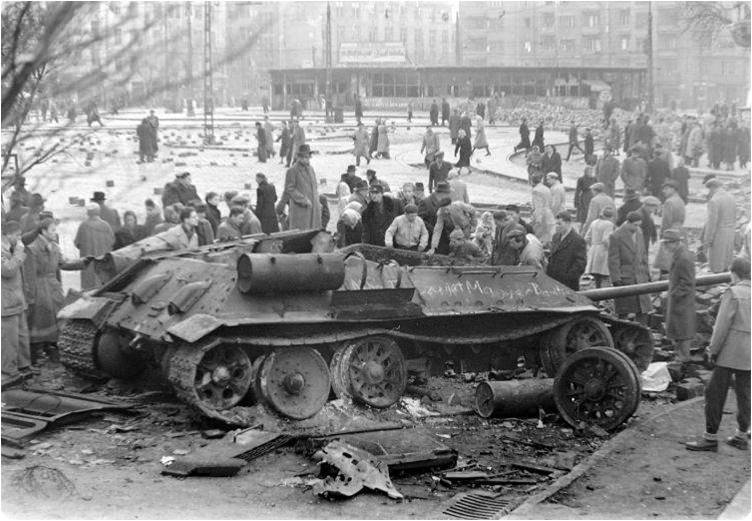25 February is a dark day: Hungarians remember the vicitims of the communism. While you might notice some buildings and signs referring to socialism, you probably don’t know much about the hungarian history. Follow us, while we dance through the 20st century.

First and foremost, communism is an ideology. Karl Marx published his book in 1848, the Communist Manifesto that contains the principles: freedom, fraternity, equality. This yet it could also be similar to liberalism, although the two ideologies are far from each other.
In Hungary, the first communist period was in 1918, and lasted four months. But those were four active months, that’s for sure: the socialization started, women got to vote (theoretically, since there was no election, nor any party to vote for), the schooling system and the work hours got reformed, the wages rised while the cost of living eased down.

But since Hungary was not ready for these reforms yet, the so called Tanácsköztársaság failed in August. But communism slowly became more popular (or less unpopular, at least), and in 1942 the communist party won the election. Even trough they cheated, they only got 22% of all votes.
But the Rákosi-period started, which is named after the leader, Mátyás Rákosi. He spent some time in Russia while he was in emmigration, and got as good in manipulation and leadership as his role model, Stalin was. Unfortunatly he was just as paranoid as well, and at one point he started accusing his own “partners in crime”.

Stalin died in 1953, and Rákosi’s leadership didn’t lasted long, either: in 1956 the students in Budapest started a war of independence, occupying the most important buildings in the capital. Thousands joined the marches that took place all around the city. For one week, the last week of October, it seemed as if the rioters could succeed, but then a man called János Kádár appeared from Russia, and stabilised the socialist power.
The next period, called Kádár-period was relatively happy, and also called goulash-socialism or refrigerator-communism due to the plenty food available in the shops and markets. Of course, the food, clothes and electronics were produced in other communist states, that resulted in poor quality. To get fashionable or cool things (such as Levis jeans, or Coca Cola), one had to have a sneaker smugglers contact. Usually scientists and athletes were the ones smuggling in some western goods, since they get to travel relatively lot.

As Kádár got older, the communism got weaker as well, and shortly after his death, in the autumn of 1989, democracy finally arrived to Hungary.
The communist period of Hungary might not seem so bad, since it was better than the one in Romania or Russia, of course, and calmer than the wars too. But one shall not forget the hundreds suffering in concentration camps, killed in street fights or tortured by the government.





